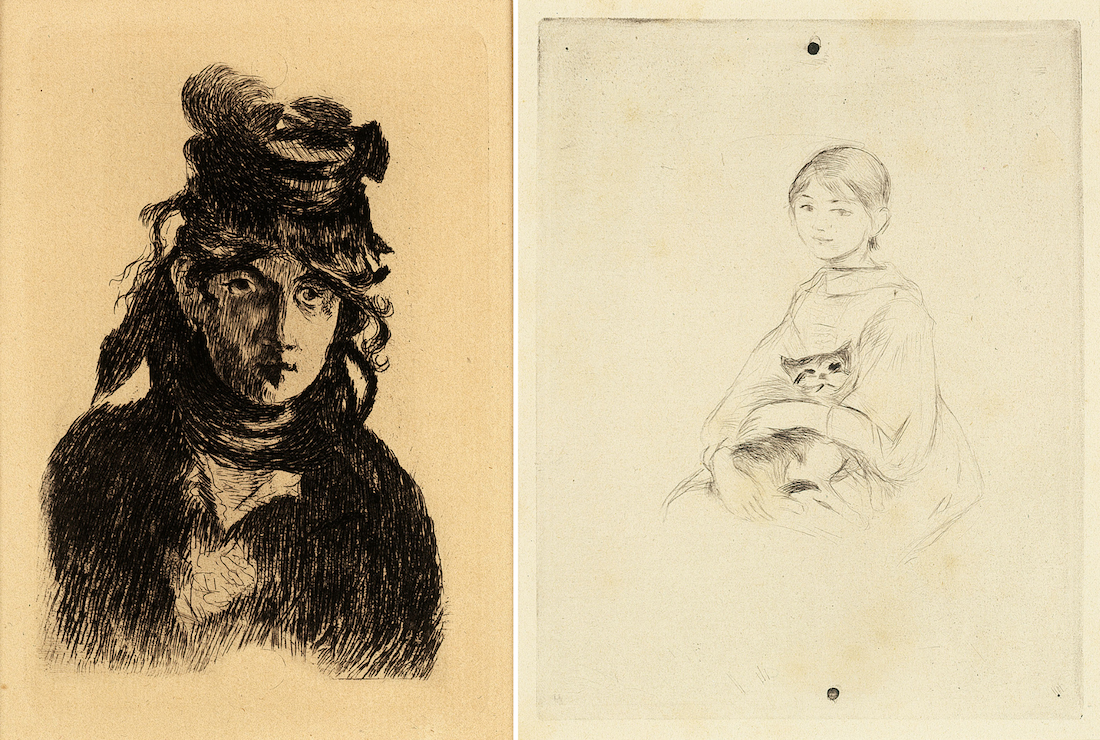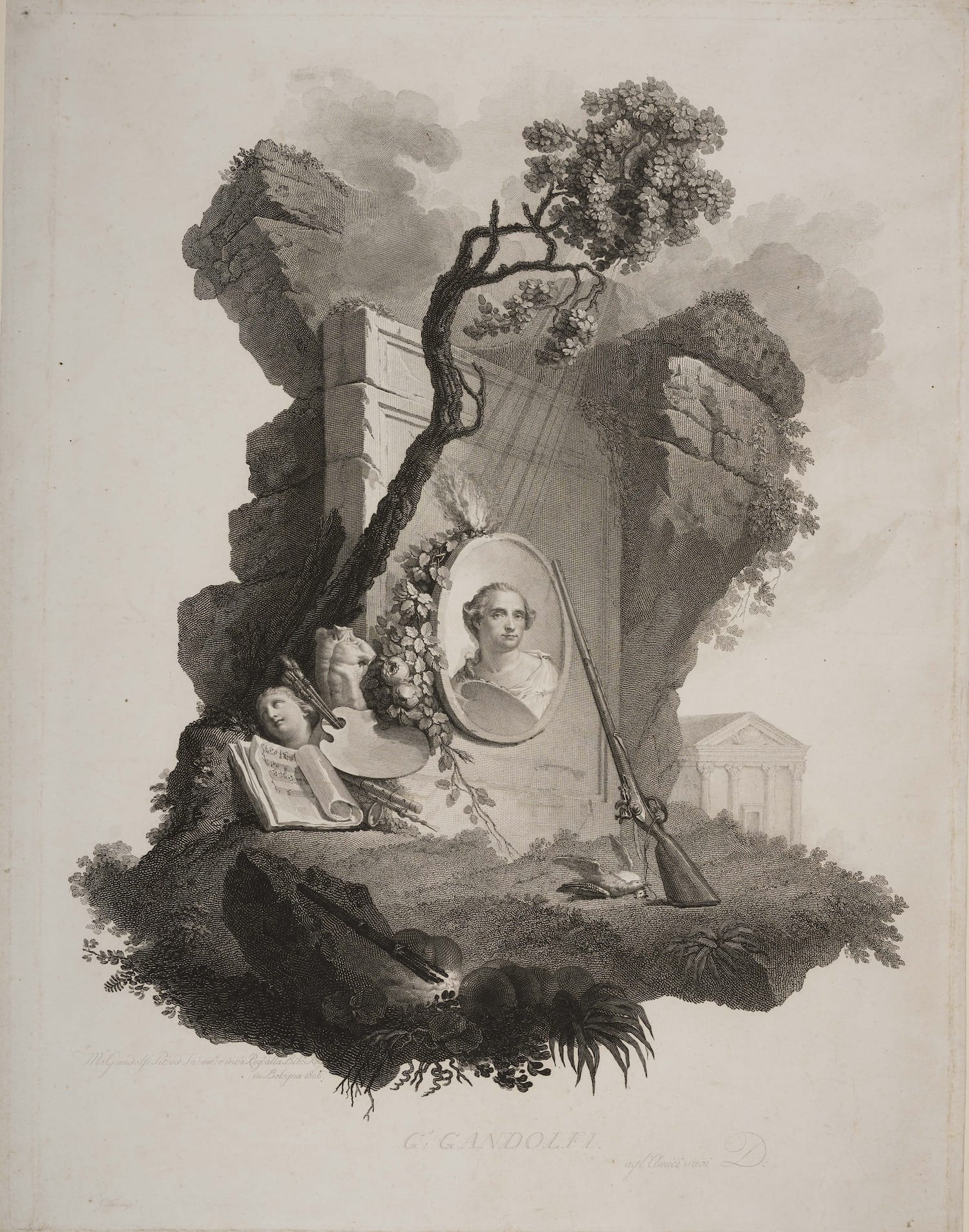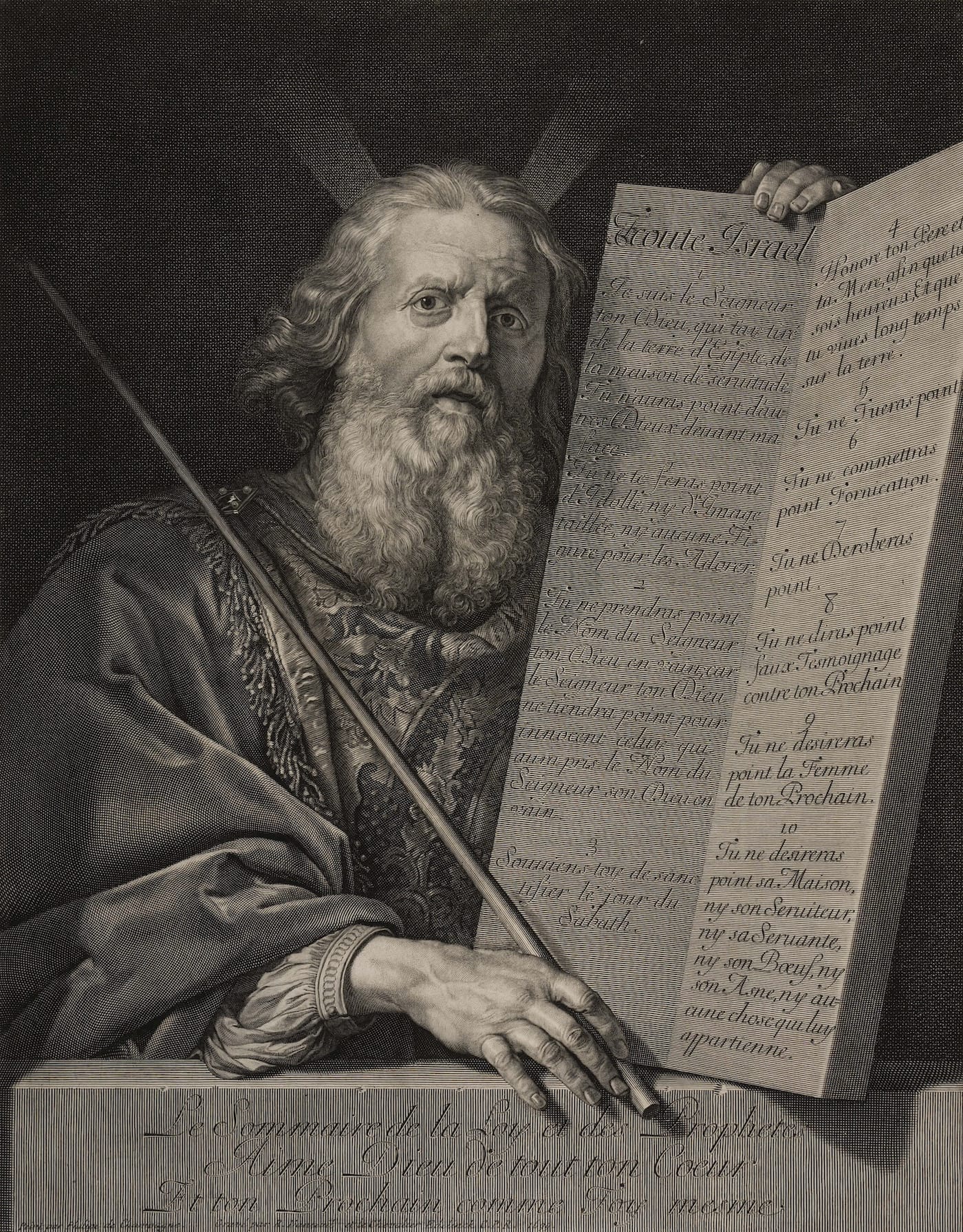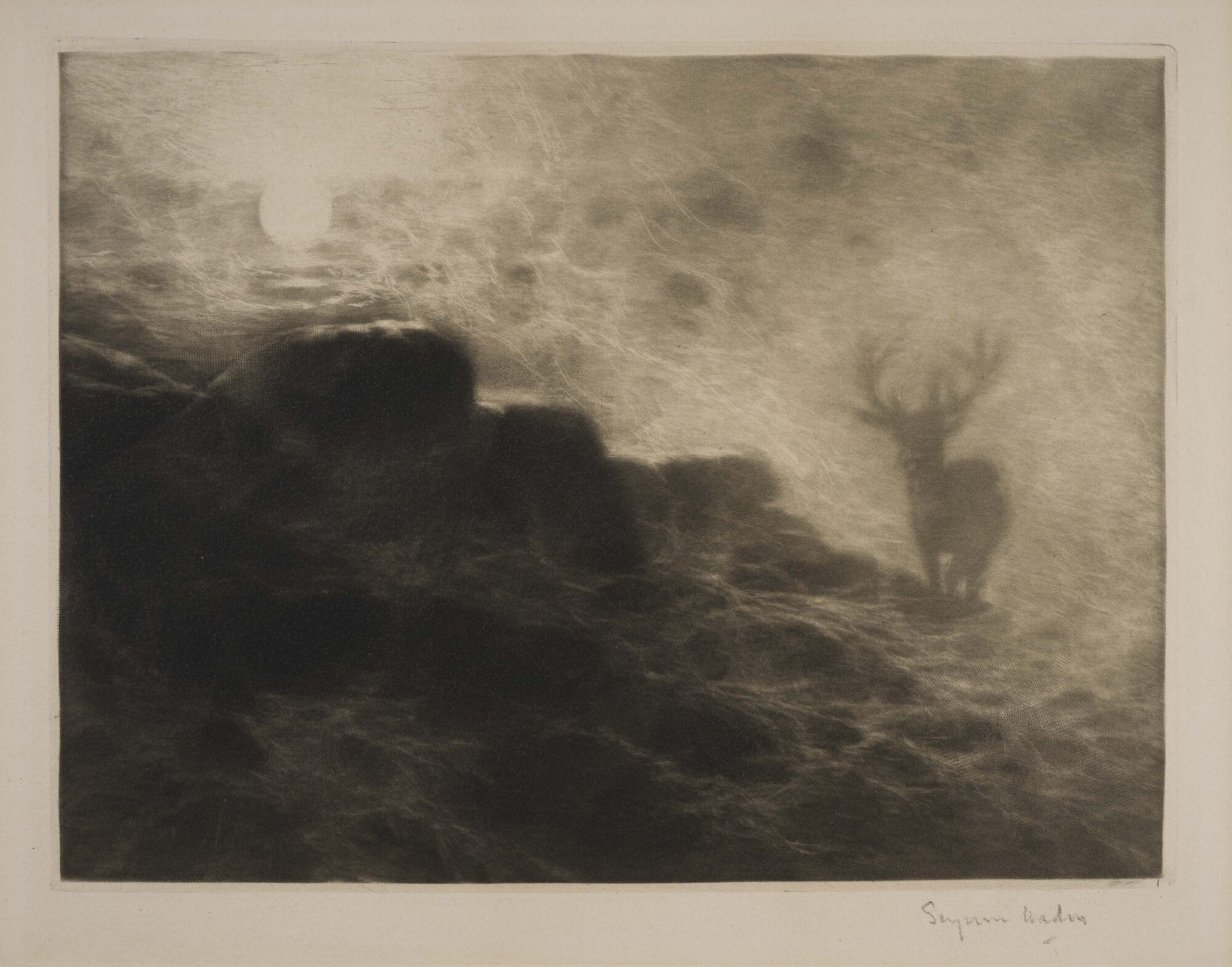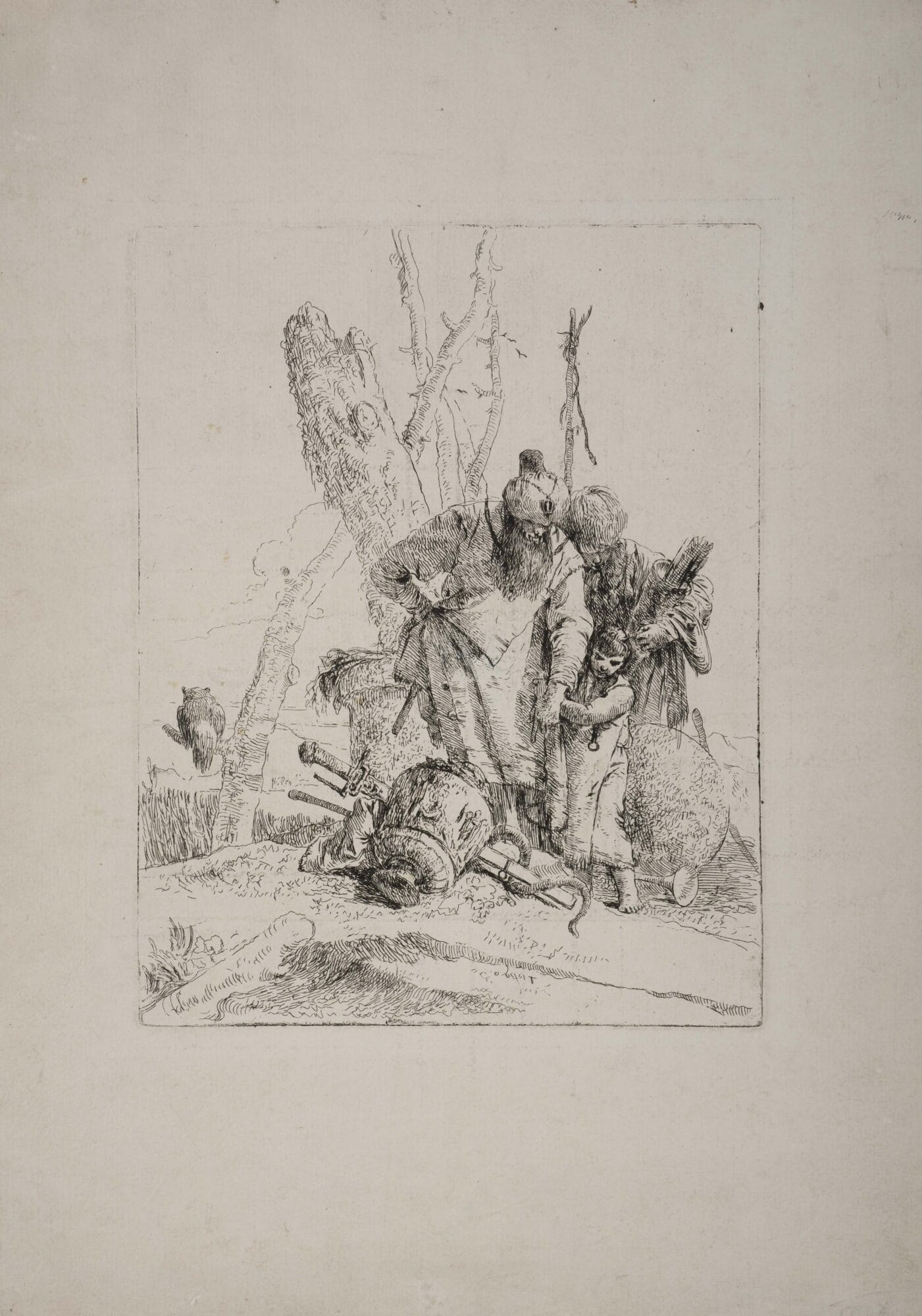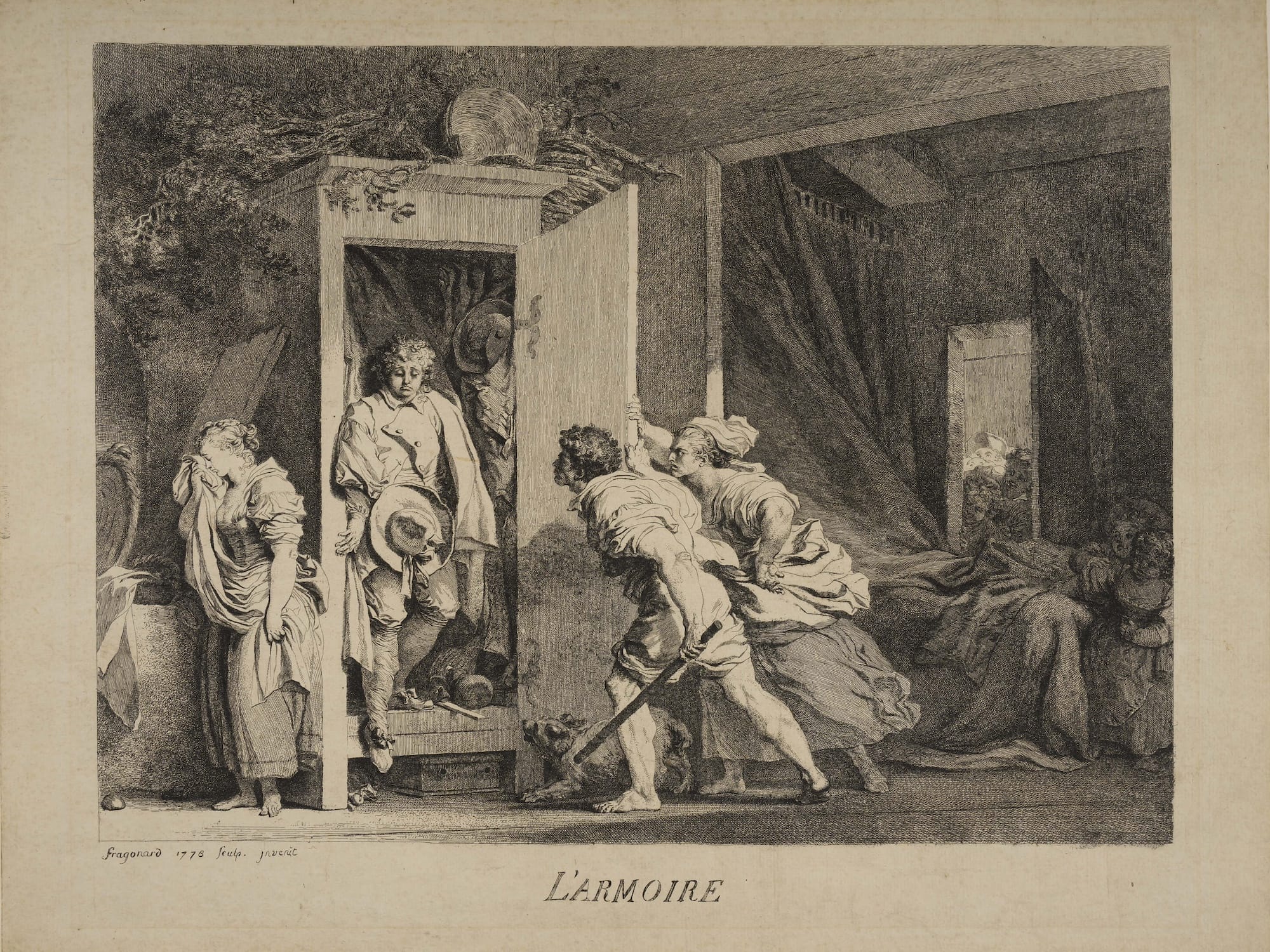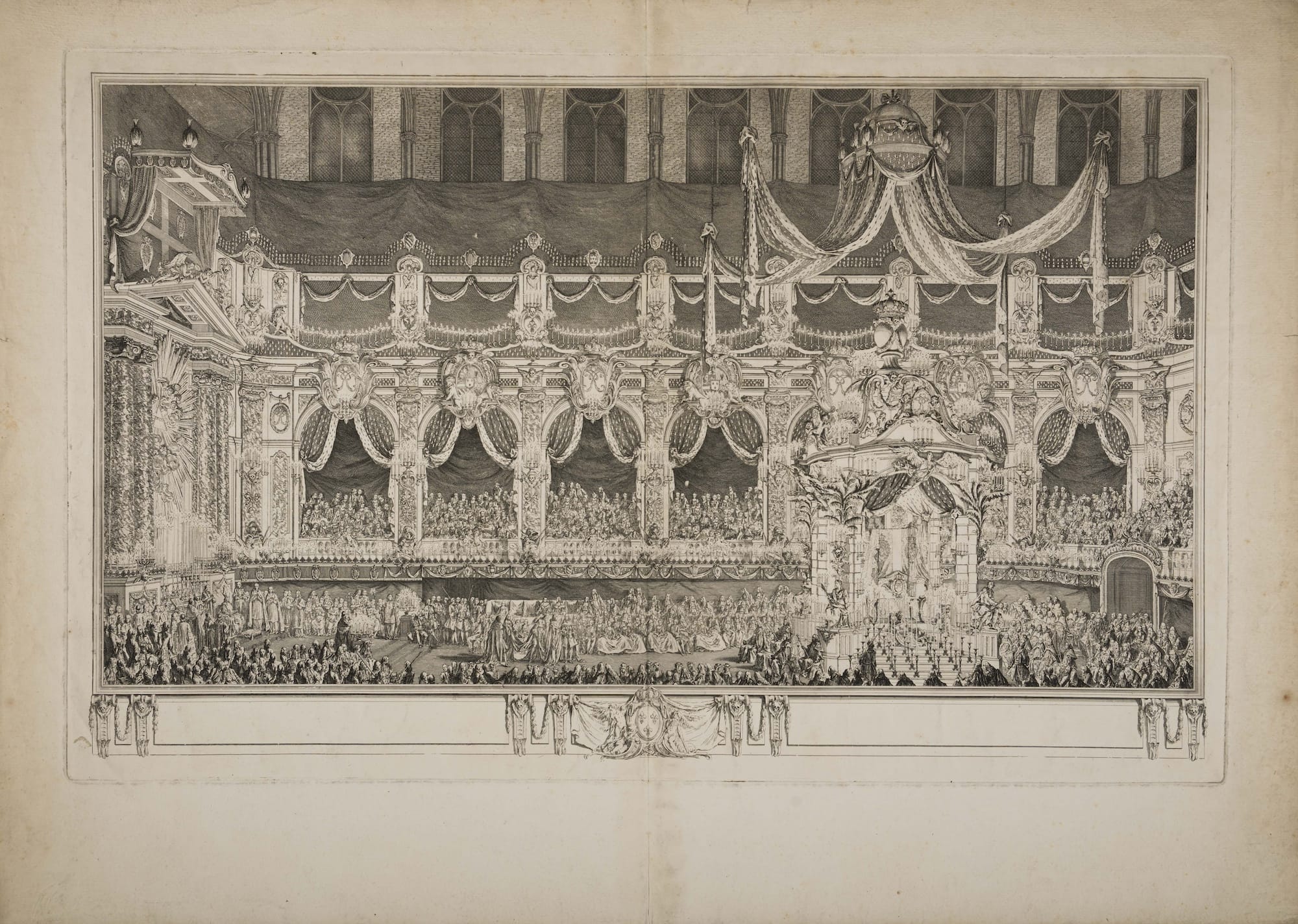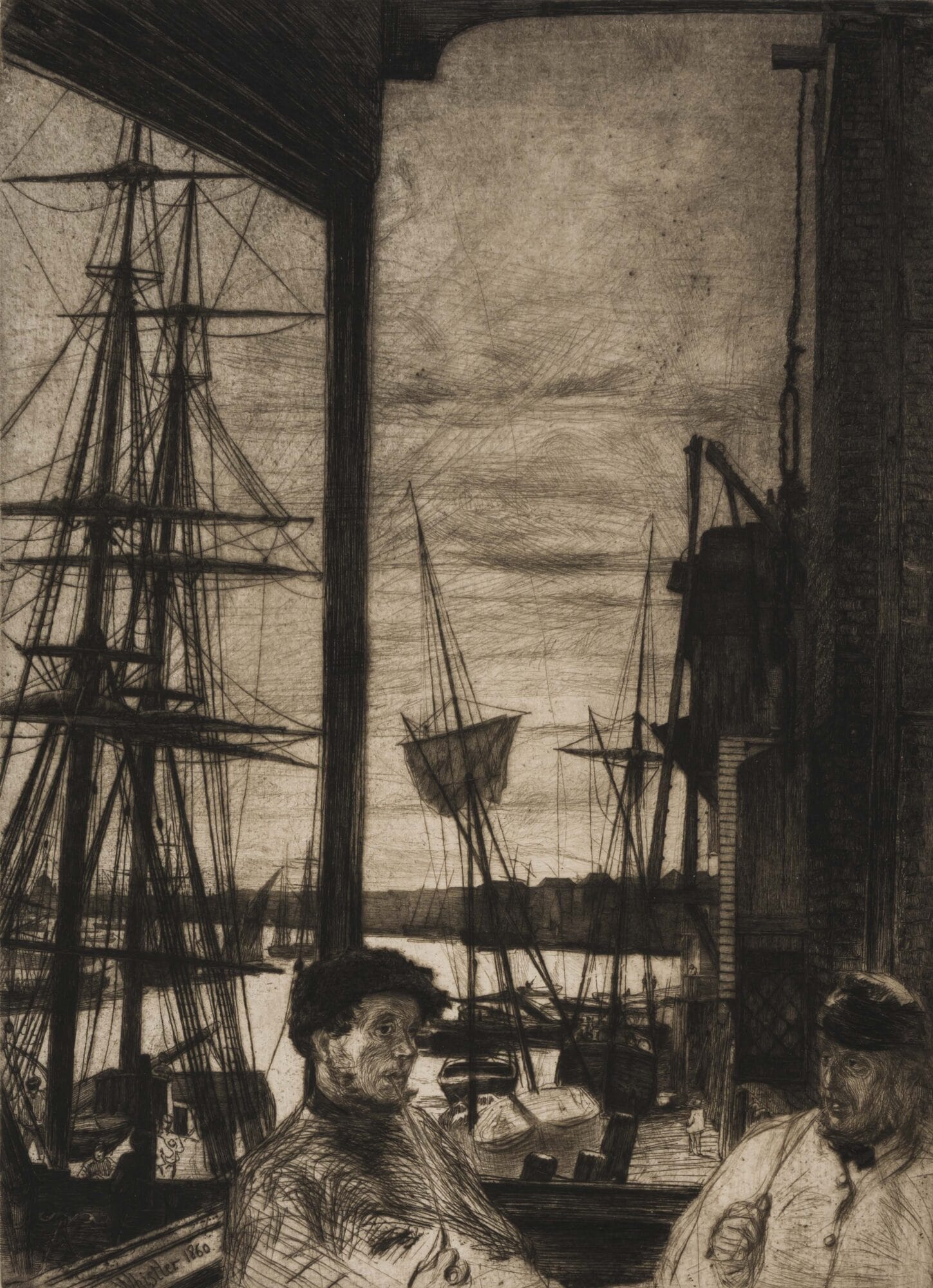How far does the apple fall from the tree?
Traditionally, professions were passed down in families in much the same way as certain traits, abilities, and resources. This exhibition tells the stories of eighteen artistic families active in France, Italy, England, Scotland, and India from the late-seventeenth to the nineteenth centuries. In some cases, there is a striking visual resemblance between the artworks produced by members of the same family, while in others, the styles of individual artists within a family are highly distinctive. Family relationships also overlap with the roles of teacher and pupil, business partner, and rival.
From highly refined French engravings intended to glorify King Louis XIV and archaeological views of Rome designed for tourists and architects to evocative landscapes of Britain and India, the works in this exhibition chart two and a half centuries of social and artistic change in Europe and beyond. The invention of new printmaking techniques that mimicked the tonal effects of drawings broadened the appeal of prints during this period, and they were enthusiastically collected by a growing middle class. More women entered the profession, too, and more artists traveled internationally in search of inspiration and new markets.
Amidst these significant cultural shifts, the family nonetheless remained a persistent locus of artistic production due to inherited aptitudes as well as close personal and economic connections. Drawing from the Blanton’s collection of European art, A Family Affair presents prints, drawings, and paintings created by some of the continent’s most fascinating artistic families, revealing patterns of inspiration, competition, and evolving family fortunes.
Learn more about the first part of this presentation, A Family Affair: Artistic Dynasties in Europe (Part I, 1500–1700), on the exhibition page.
Curated by Holly Borham, Curator of Prints, Drawings and European Art, and Sarah Bane, Assistant Curator, Prints & Drawings, Blanton Museum of Art.
Introduction
How far does the apple fall from the tree? Traditionally, professions were passed down in families in much the same way as certain traits, abilities, and resources. This exhibition tells the stories of eighteen artistic families active in France, Italy, England, Scotland, and India from the late- seventeenth to the nineteenth centuries. In some cases, there is a striking visual resemblance between the artworks produced by members of the same family, while in others, the styles of individual artists within a family are highly distinctive. Family relationships also overlap with the roles of teacher and pupil, business partner, and rival.
The first gallery focuses on French printmaking, which played a key role in the glorification of King Louis XIV (who ruled between 1661 and 1715). Under the direction of Jean-Baptiste Colbert, the minister of culture, printmakers broadcast the king’s fame through representations of the royal art collection, elaborate court festivals, ornate palaces and monuments, luxury goods produced in royal manufactories, and portraits. Because of the king’s high regard for printmaking, which he officially designated a “liberal art” in 1660, printmakers were allowed to join the French Royal Academy beginning in 1663. Admittance to the Royal Academy and access to special lodgings at the Louvre (the king’s palace in Paris) were among the highest honors a printmaker could receive. The status of Paris as a major center for printmaking would continue through the nineteenth century.
Beyond the borders of France, and over the course of the eighteenth and nineteenth centuries, royal and church patronage decreased. As reflected in the artworks in the second and third galleries, artists introduced a wider range of subjects for the open market, which had expanded radically since the development of printmaking in Western Europe in the early fifteenth century. The study of Rome and its antiquities drew artists and tourists to that city from across Europe; printmakers met this interest with topographical and archaeological views. In other long-standing Italian centers of art production, such as Bologna and Venice, artists continued producing paintings, drawings, and prints in regional styles, incorporating both sacred and secular content. More artists tried their hands at etching (a process less technically demanding than engraving) and experimented with newly invented printmaking techniques, such as aquatint, mezzotint, and lithography. With their range of markings and tonal effects, these techniques allowed artists to make prints that were more evocative of drawings than those of their predecessors. The rise of London as an economic and artistic hub soon rivaled that of Paris. Artists traveled in search of inspiration and new markets, including to India. And more women entered the profession.
Amidst these social and cultural shifts across Europe, the family remained a persistent locus of artistic production due to inherited aptitudes and close personal and economic connections. Drawing from the Blanton’s collection of European art, A Family Affair presents prints, drawings, and paintings created by some of the continent’s most fascinating artistic families, revealing patterns of inspiration, competition, and changing family fortunes.
MEMBERS SEE THIS FOR FREE
Get year-round free admission to special exhibitions like this, access to exclusive member-only events, discounts, and more!
Credit
A Family Affair: Artistic Dynasties in Europe (Part II, 1670–1900) is organized by the Blanton Museum of Art.
Press
Coming Soon

